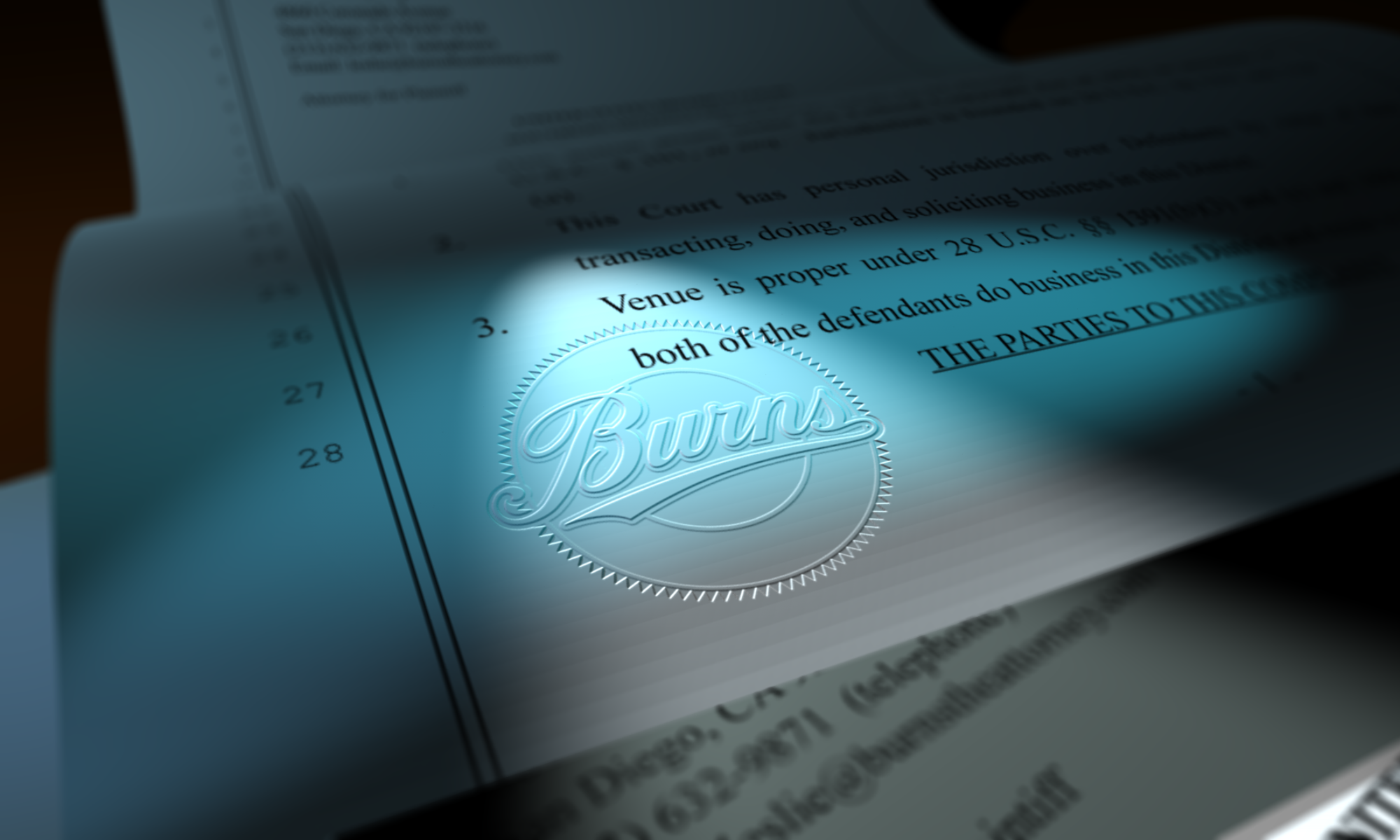Last Thursday, I participated as a panel member in a ABA Copyright group online meeting. The majority of the meeting was discussing the Copyright Claims Board–how it’s been working (or not) and its results thus far. But, we also looked at a recent SCOTUS ruling that affects copyright cases in a big way: Warner Chappell Music v Nealy (No. 22-1078, 144 S. Ct. 1135 (U.S. May. 9, 2024) for you legal geeks out there). That’s what I want to talk about here.
That case looked at the interplay between the discovery rule and damages. Lots of people were hoping the court would address the discovery rule generally, but instead the court rules only on the question of damages and whether they were limited to a three-year lookback. Not to bury the lede: nope, damages are not so limited.
Since the Petrella (aka Raging Bull) case, some courts (especially the 2nd Circuit–that’s NY and environs, for you regular folk) have said that while the discovery rule applies as to when a claim arises and starts the statute of limitations clock (that is, when a plaintiff discovered or reasonably should have discovered the infringement), it also limits the time period for damages such that the plaintiff can only get three years of (for example) lost license fees. Scotus said, in essence, no–the statute of limitations three year period is ONLY for the bringing of the case, not the damages.
This is important. Imagine finding that a company used one of your works on a t-shirt for sale starting in 2015 but you just now found that infringement. Now, assuming you are in a circuit that applies the discovery rule (and most, but not all do), you can file suit and ask for damages all the way back to the start of the use in 2015. Since your actual damages include the profits directly attributable to the infringement, you can now get all the profits from all the t-shirt sales, not just those from 2021 until now. Since courts often look at actual damages as one factor in setting statutory damages, now they have to look at that much larger number, too.
While this case doesn’t settle the injury-versus-discovery rule split (see more about that here) and those folks in the injury rule circuits are still screwed (IMO), it does mean most people now have the possibility of being made whole, not just partially so. Good news for the artists.
